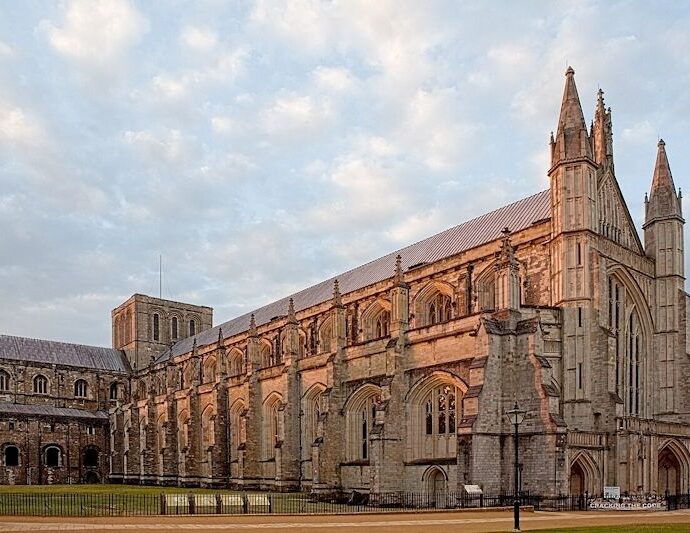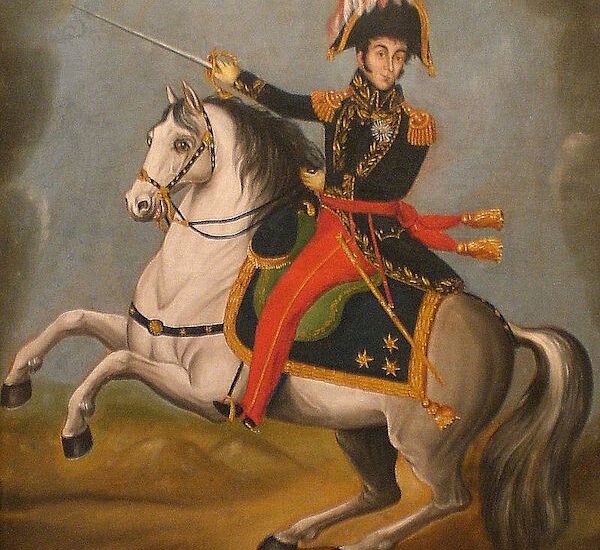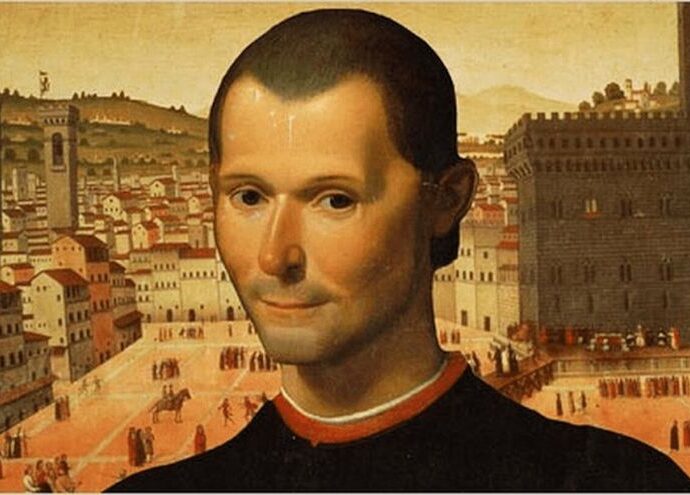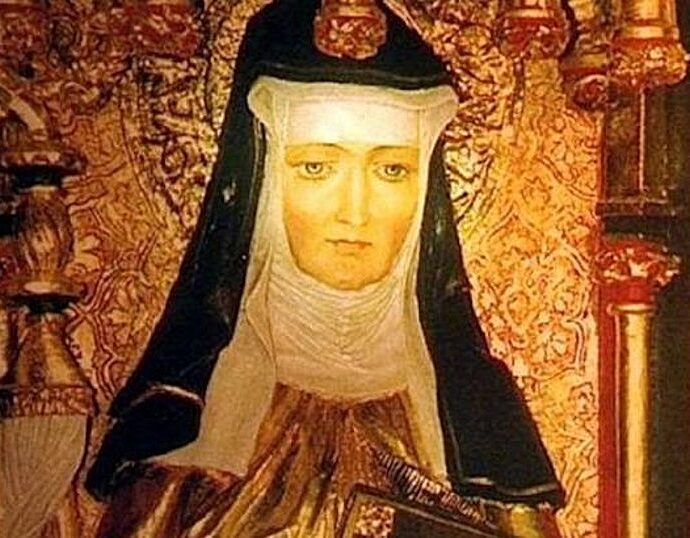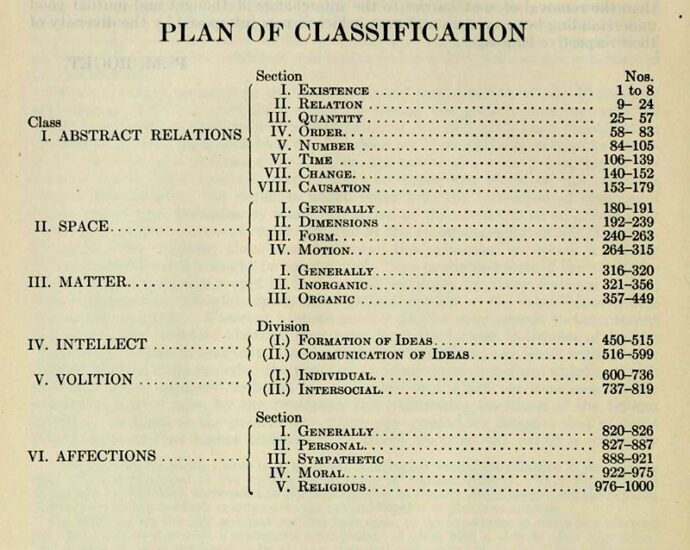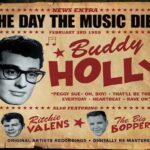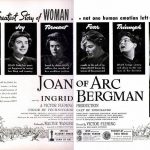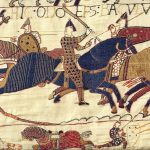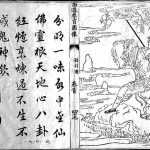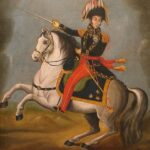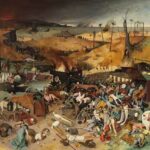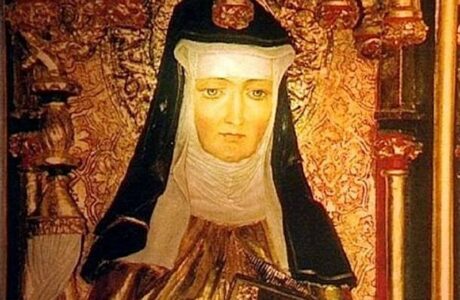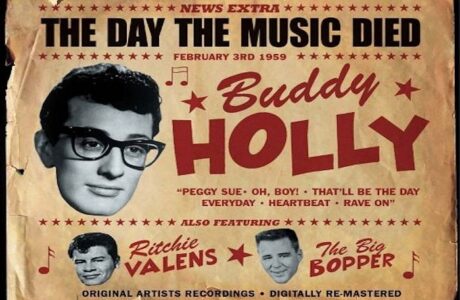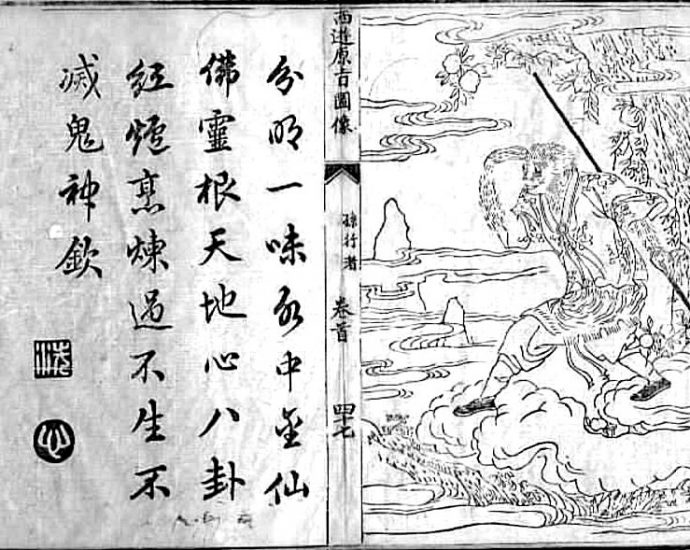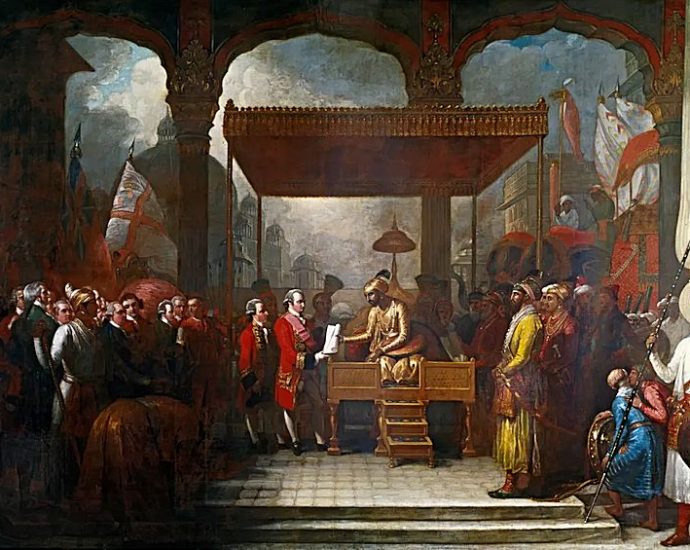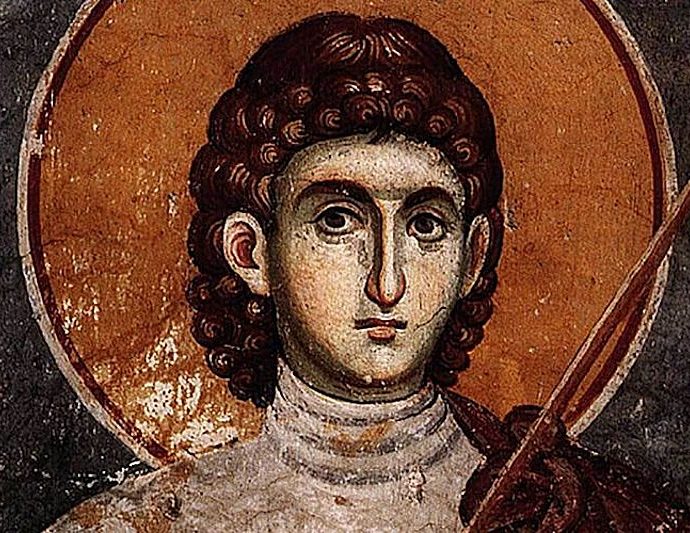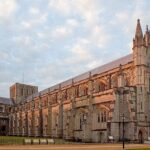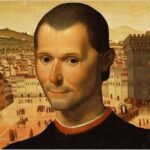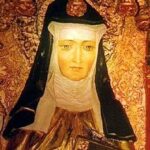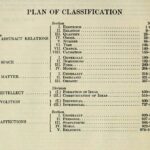Random History
BOOK: George Orwell’s 1984
Galileo Galilei (1564-1642)
20th Century Artists
Adam de la Halle
Journey to the West
A new church is born
1942 Wikipedia Summary
1831 Wikipedia Summary
1900 John Philip Sousa Recordings
Many Said They Saw a UFO Battle and Fell Sick Afterward
1952 Once in a Blue Moon
Brasil is discovered
1952 Your Cheatin’ Heart
1500 Wikipedia Summary
1916 Songs Popular in Ireland
Bluetooth: Why Modern Tech is Named After King of Denmark
Posts with MOVIE
Hildegard von Bingen (1098 – 1179)
Known for: Medieval mystic or prophet and visionary. Abbess. Composer of music. Writer of books on spirituality, visions, medicine, nature. Correspondent with many
The Day The Music Died
Joan of Arc (1412 – 1431)
The Norman Conquest
Journey to the West
Posts with DOCUMENTARY
1815 The Year Without Summer
The year 1816 is known as the Year Without a Summer because of severe climate abnormalities that caused average global temperatures to decrease by 0.4–0.7 °C
Simon Bolivar (1783 – 1830)
536: Worst Year To Be Alive
PODCASTS
Master Painters – HD silent slideshows
Posts MUSIC HISTORY
Hildegard von Bingen (1098 – 1179)
Known for: Medieval mystic or prophet and visionary. Abbess. Composer of music. Writer of books on spirituality, visions, medicine, nature.
The Day The Music Died
On February 3, 1959, American rock and roll musicians Buddy Holly, Ritchie Valens, and “The Big Bopper” J. P. Richardson were killed in a plane crash
Robert Johnson (1911 – 1938)
Robert Leroy Johnson (1911 – 1938) was an American blues musician and songwriter. His landmark recordings in 1936 and 1937 display
Early Tin Pan Alley Recordings
Between the late 1890s and 1970s New York City’s music publishing district was known as “Tin Pan Alley”—a reference to
Early Ragtime Recordings
During the early 1900s America’s musical pulse was syncopated and ragtime, with its then novel, engaging beat, was seemingly everywhere.
SONGS
Posts with MUSIC (Spotify)
CLASSICAL MUSIC
John Dunstable (1390 – 1453)
John Dunstaple (c.1390-1453), once more often spelled Dunstable, was one of the most influential composers of the early fifteenth century. Dunstaple’s persona took on such a mythological character among later authors that it is this awe which is most discernible today, rather than any underlying facts. Indeed, few details of
Hildegard von Bingen (1098 – 1179)
Known for: Medieval mystic or prophet and visionary. Abbess. Composer of music. Writer of books on spirituality, visions, medicine, nature. Correspondent with many ordinary and powerful people. Critic of secular and religious leaders. Also Known As: Hildegard von Bingen, Sibyl of the Rhine. Born in Bemersheim (Böckelheim), West Franconia (now
1800 Beethoven’s First Symphony
IN THE LIST OF COMPOSITIONS OFFERED BY BEETHOVEN TO HIS PUBLISHER THE FIRST SYMPHONY FIGURES AT THE PRICE OF £10. In hearing this Symphony, we can never forget that it is the first of that mighty and immortal series which seem destined to remain the greatest monuments of music, as
1847 Abide With Me
The first printing of the words by Henry Francis Lyte is said to have been in a leaflet printed at Berry Head, Brixham, Devonshire, in Sept., 1847, but otherwise not described; no copy has been found. An early printing of the words is in the Remains of the Late Rev.
![]()
Reflect upon the rapidity with which all that exists and is coming to be is swept past us and disappears from sight.
For substance is like a river in perpetual flow . . and ever at our side is the immeasurable span of the past and the yawning gulf of the future, in which all things vanish away. Then how is he not a fool who in the midst of all this is puffed up with pride, or tormented, or bewails his lot as though his troubles would endure for any great while?

